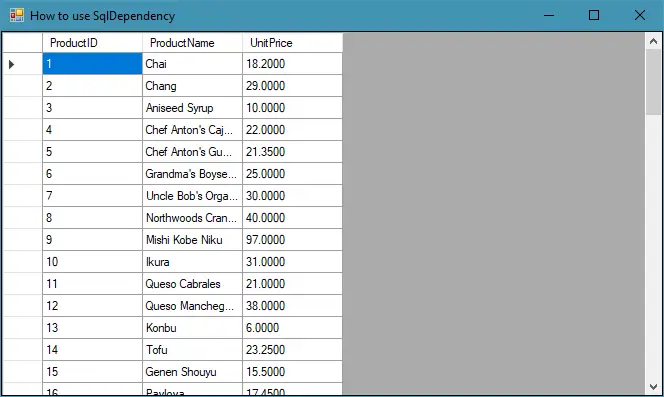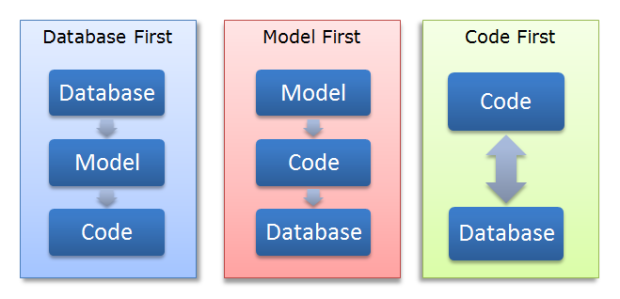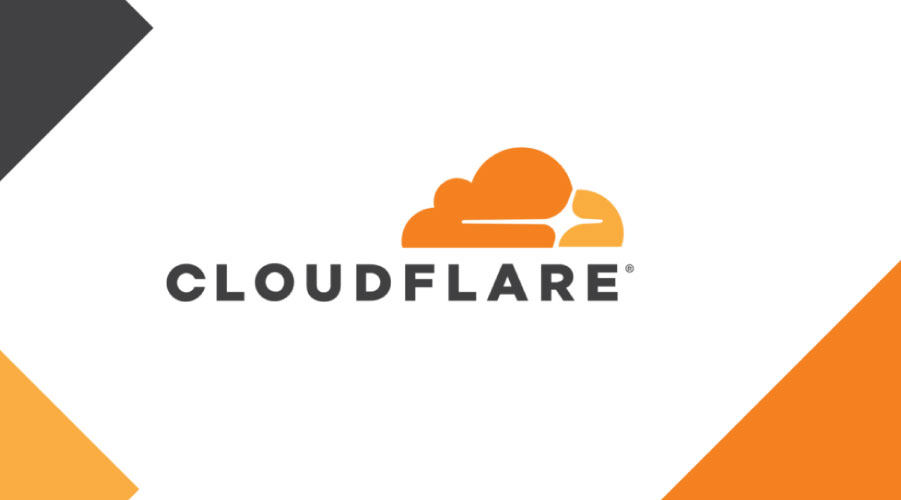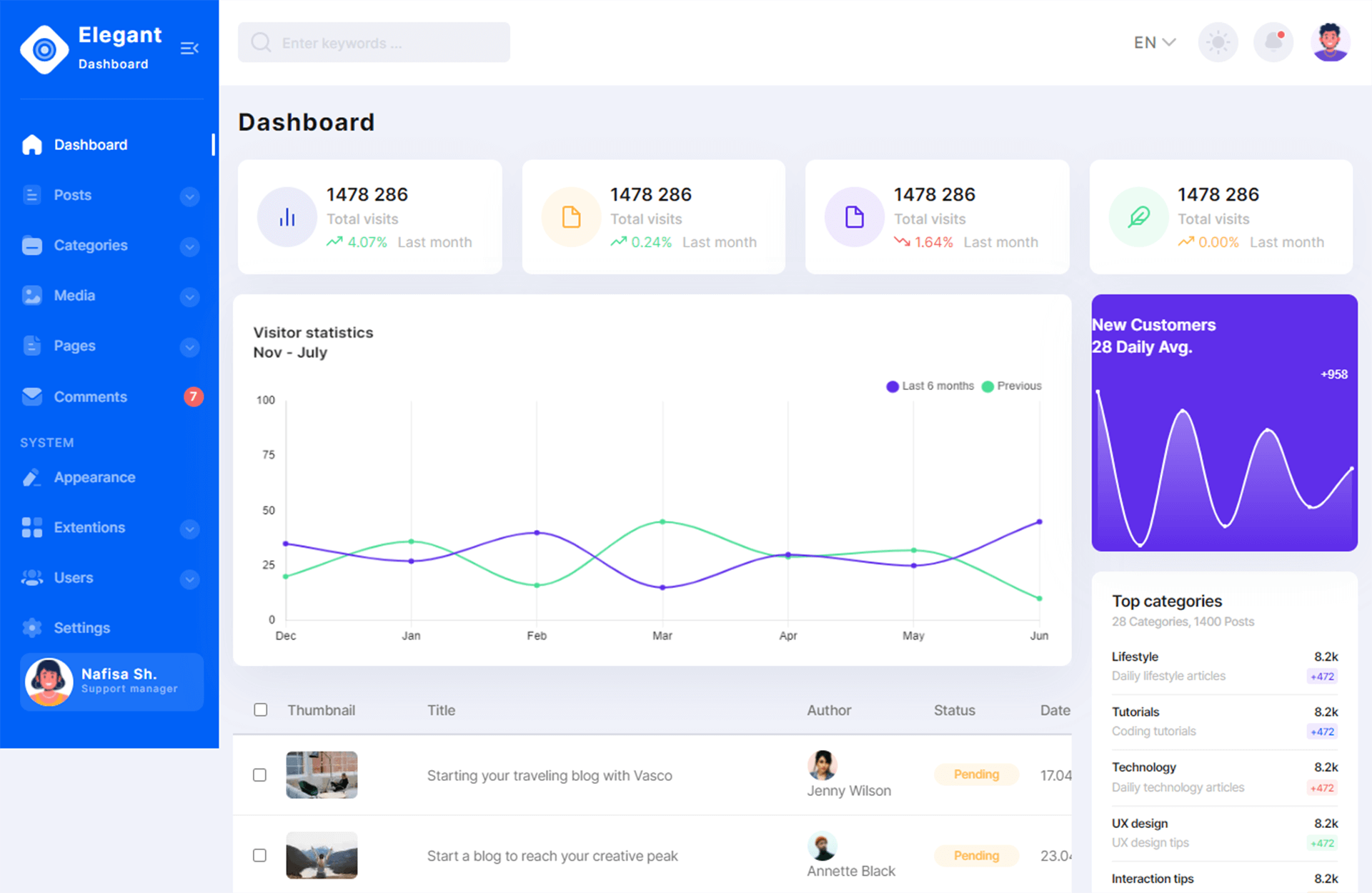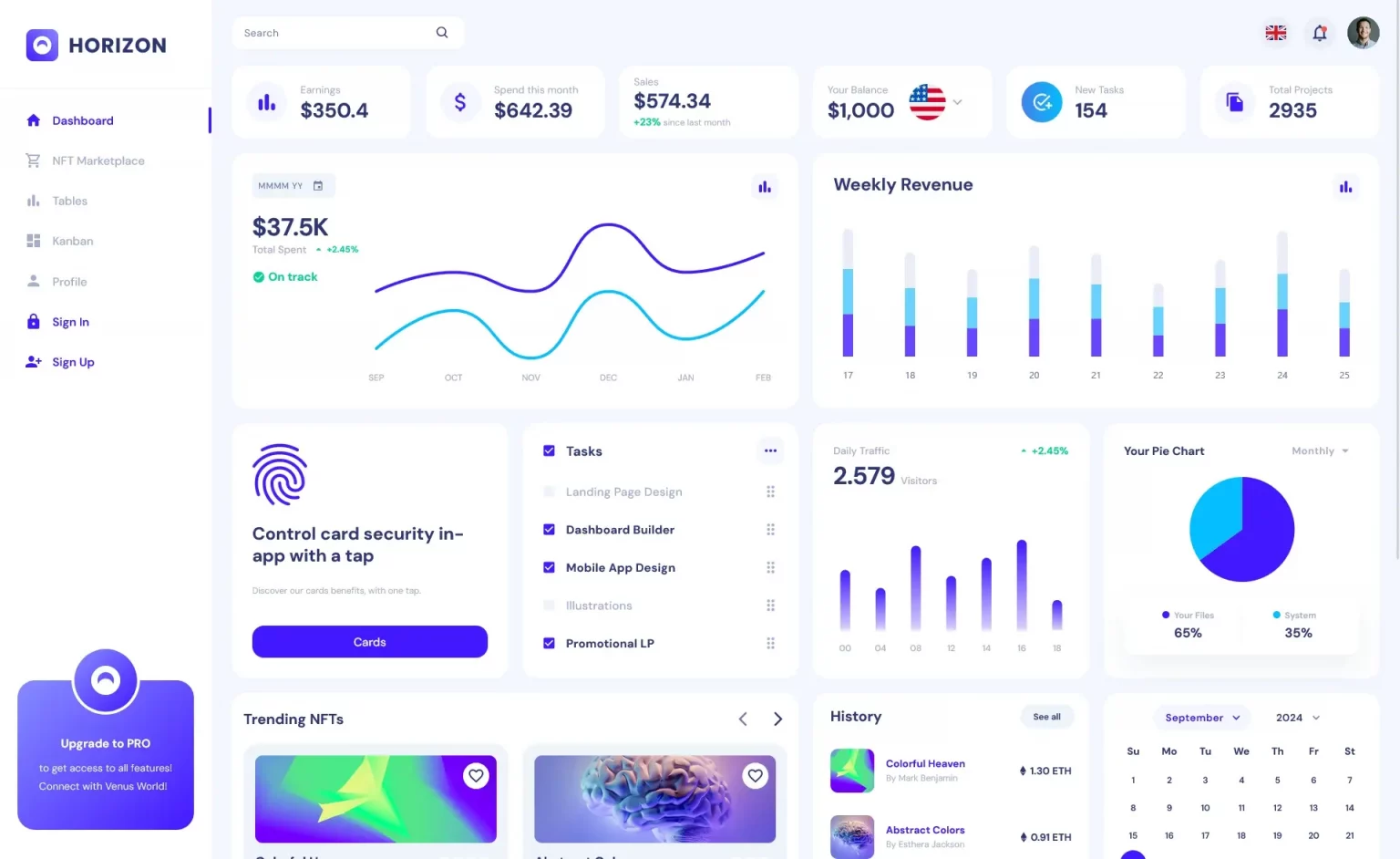Search
C# Filter a dictionary
By Tan Lee Published on Jan 21, 2025 631
The simplest way to filter a dictionary is by using the LINQ Where() and ToDictionary() methods.
Read moreC# Remove items from dictionary
By Tan Lee Published on Jan 21, 2025 323
Dictionaries store key/value pairs. To remove one or more items from a dictionary, you can use the following methods:
Read moreC# Get value from dictionary
By Tan Lee Published on Jan 21, 2025 348
Dictionaries store key/value pairs. To retrieve the value associated with a specific key, you can use the indexer syntax by providing the key, like this:
Read moreHow to check if another form is open
By Tan Lee Published on Jan 21, 2025 405
When developing a Windows Forms application in C#, you might need to check whether a form is already open.
Read moreHow to convert byte array to an object in C#
By Tan Lee Published on Oct 28, 2024 1.09K
To convert a byte array back to an object in C#, you can use deserialization.
Read moreHow to Monitor data change using SqlDependency in C#
By Tan Lee Published on May 25, 2024 17.41K
To detect changes in a SQL Server database using SqlDependency in a C# Windows Forms Application, you need to follow these steps.
Read moreLeft Join in C# LINQ
By Tan Lee Published on Jan 20, 2025 166
A Left Join in C# LINQ is used to combine two data sources based on a common key, ensuring that every element in the first (left) data source is included in the result set, even if there is no corresponding element in the second (right) data source.
Read moreInner Join in C# LINQ
By Tan Lee Published on Jan 20, 2025 167
An inner join in C# LINQ allows you to create a result set by combining elements from two collections where a matching key exists.
Read moreGroup By in C# LINQ
By Tan Lee Published on Jan 20, 2025 169
In C#, LINQ's Group By is a query operator that allows you to organize elements of a sequence into groups based on a specified key selector function.
Read moreHow to use custom attributes in C#
By Tan Lee Published on Jan 18, 2025 347
Attributes are used to attach additional metadata to classes, methods, properties, or other program elements.
Read more

